17th Century Quenby Hall – Leicestershire, England
Off Market / Archived From 2012
Hungarton, Leicestershire, England
- 11 Bed
The Ashbys acquired an estate in Quenby in the 13th century. By 1563 they had acquired the whole Manor, and soon afterwards moved to enclose and depopulate it. The Hall was rebuilt around 1620 by George Ashby (died 1653), who had inherited it in 1618, the building work had finished by 1627.
George Ashby was succeeded by his son, also George, who married the heiress of Eusby Shuckburgh of Naseby (Northamptonshire). Their son and heir was referred to by John Evelyn as 'Honest George Ashby the Planter' because of the large number of trees he planted at Quenby. He died in 1728, and in the mid-18th century Quenby was purchased by his greatnephew Shuckburgh Ashby (died 1792), who restored what had become a badly neglected house, built a raised terrace or platform around it, and made improvements about the Estate including building many of the farmhouses. In the 1700s, when park enclosures were introduced to control grazing, milk production increased dramatically – and it was then that the housekeeper Elizabeth Scarborough started making and selling a distinctive unpressed cheese at local markets. Shuckburgh Ashby brought Quenby back to life as a working estate. At the same time, he restored the dairy into what is now recognised as one of England's earliest purpose-built Stilton dairies. Around the same time, Elizabeth Scarborough's daughter married and began selling Quenby Hall cheese at her husband's inn on the Great North Road in Stilton – a popular thoroughfare for travellers. This is how the distinctive blue cheese came to be known as Stilton.
Quenby remained in the family until 1904 when the Estate was sold to Rosamund (died 1941), the widow of Edward Seymour-Greaves, who later married Lord Henry Grosvenor. During her time Quenby was restored, having been 'Georgianised' by Shuckburgh Ashby in the mid 18th century, and much of the Jacobean interior was reinstated including the Ballroom above the Grand Hall. The Estate was sold in 1924 to Sir Harold Nutting, who lived there until his death in 1972, at which time the current owners bought it.
It remains a perfect and unspoiled jewel of a High Jacobean country house – the finest in Leicestershire and one of only a handful of such houses remaining in the UK. Many of the rooms are the same as they were when the architect conceived them with beautiful proportions, intricate plaster ceilings, finely worked panelling and fireplaces.
It is considered a prodigy house, a term that has been applied to notable English Tudor and Elizabethan houses, usually built with a view to housing Elizabeth I and her entourage as they travelled around her realm. Of those remaining, many are situated in the English Midlands and were the work of architect-mason Robert Smythson, or show his influence. The house at Quenby has been compared to equally important houses including Hardwick and Doddington.
Pevsner describes Quenby as 'The most important early seventeenth century house in the county' and it is widely considered as one of the best examples in the country.
Listed With
Sarah Nicholson, Savills :: +44 (0) 20 7499 8644
Listing details from June 2012, sold status not verified. DO NOT trespass to verify status.
The bedroom chambers and rooms in the southern wing are richly decorated and themed. In particular, the library on the ground floor has rich plaster ceiling, panelling and a fine fireplace. The Brown parlour has wonderful 17th century panelling. This section of the house is accessed via the Grand oak staircase. All bedroom chambers in the north and southern wings have en-suite bathrooms.”
Misc: International Homes, Overseas |

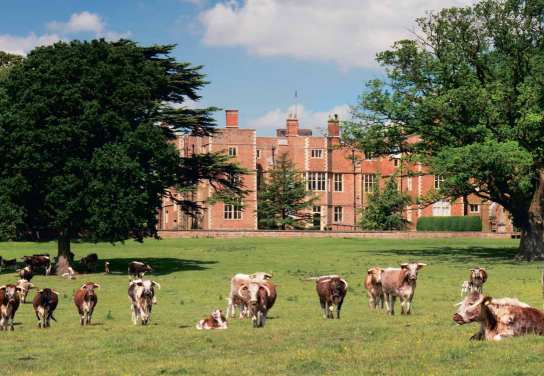
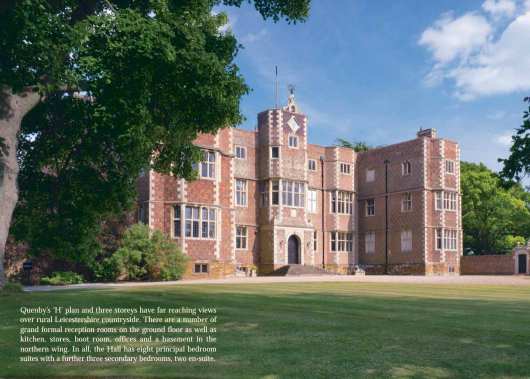



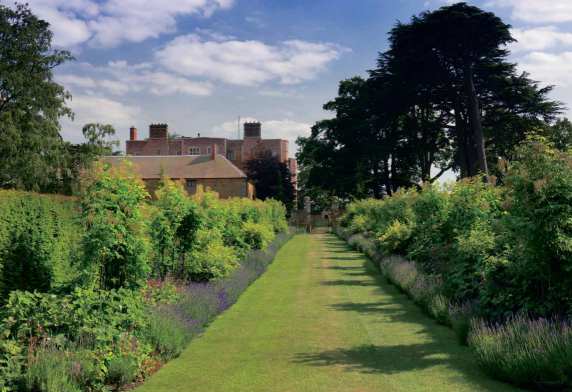

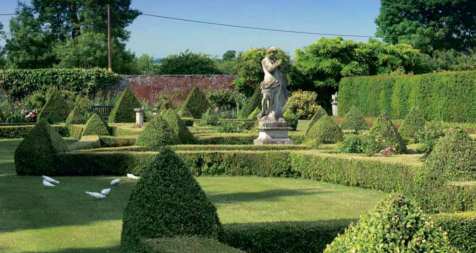


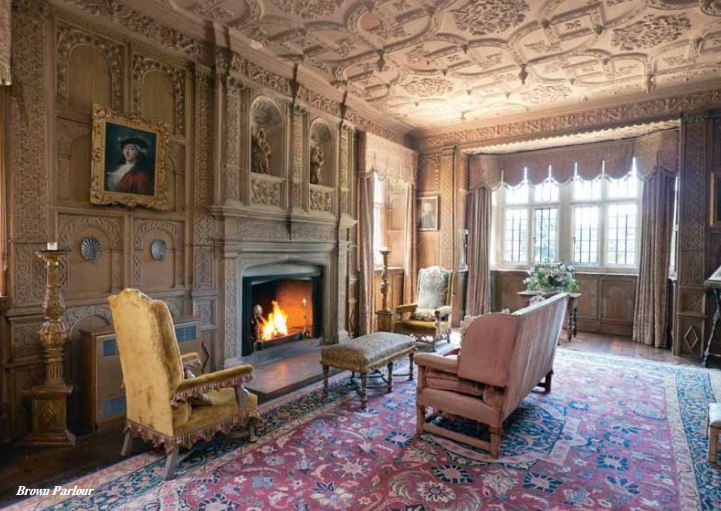





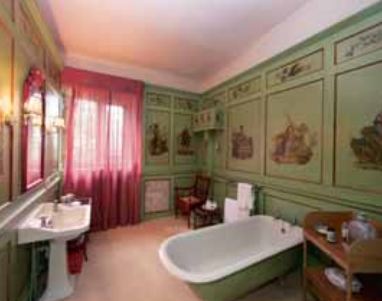
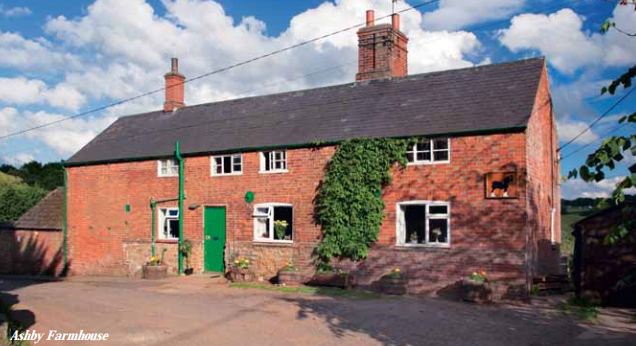

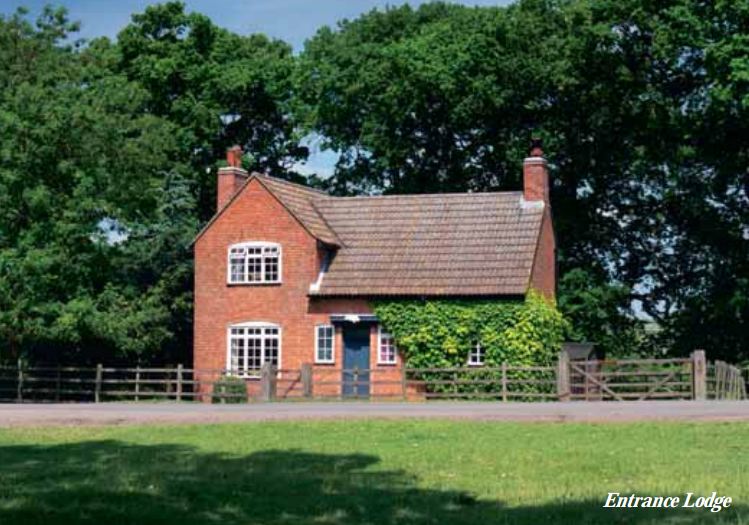
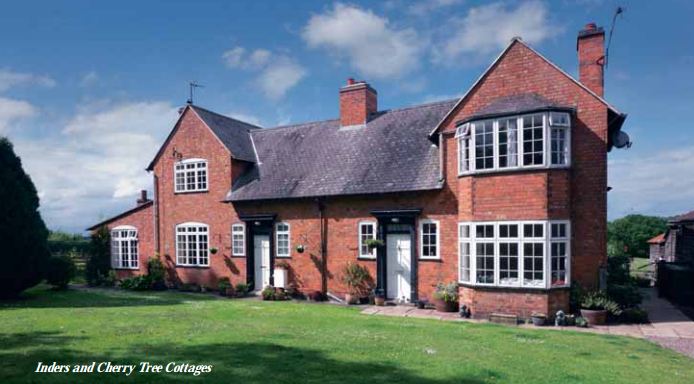
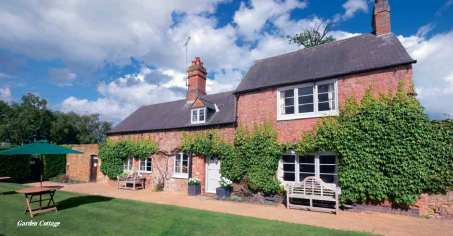
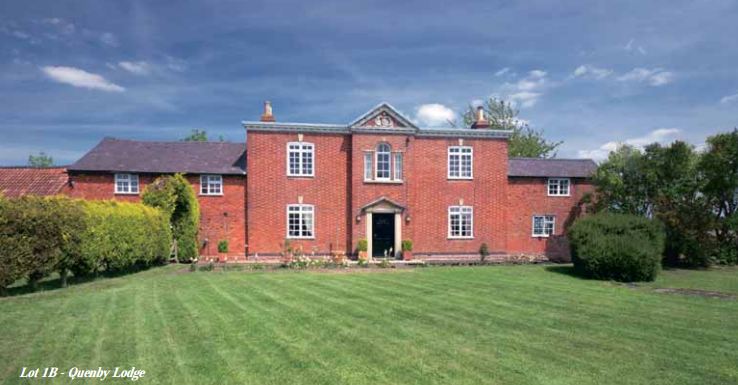
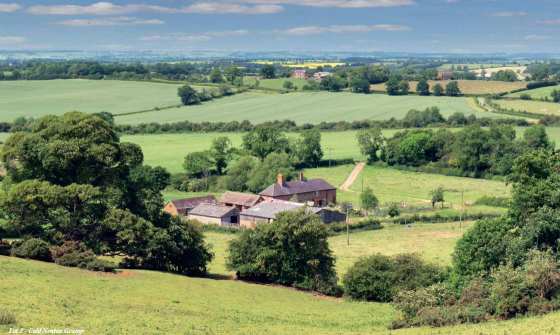
13 Comments